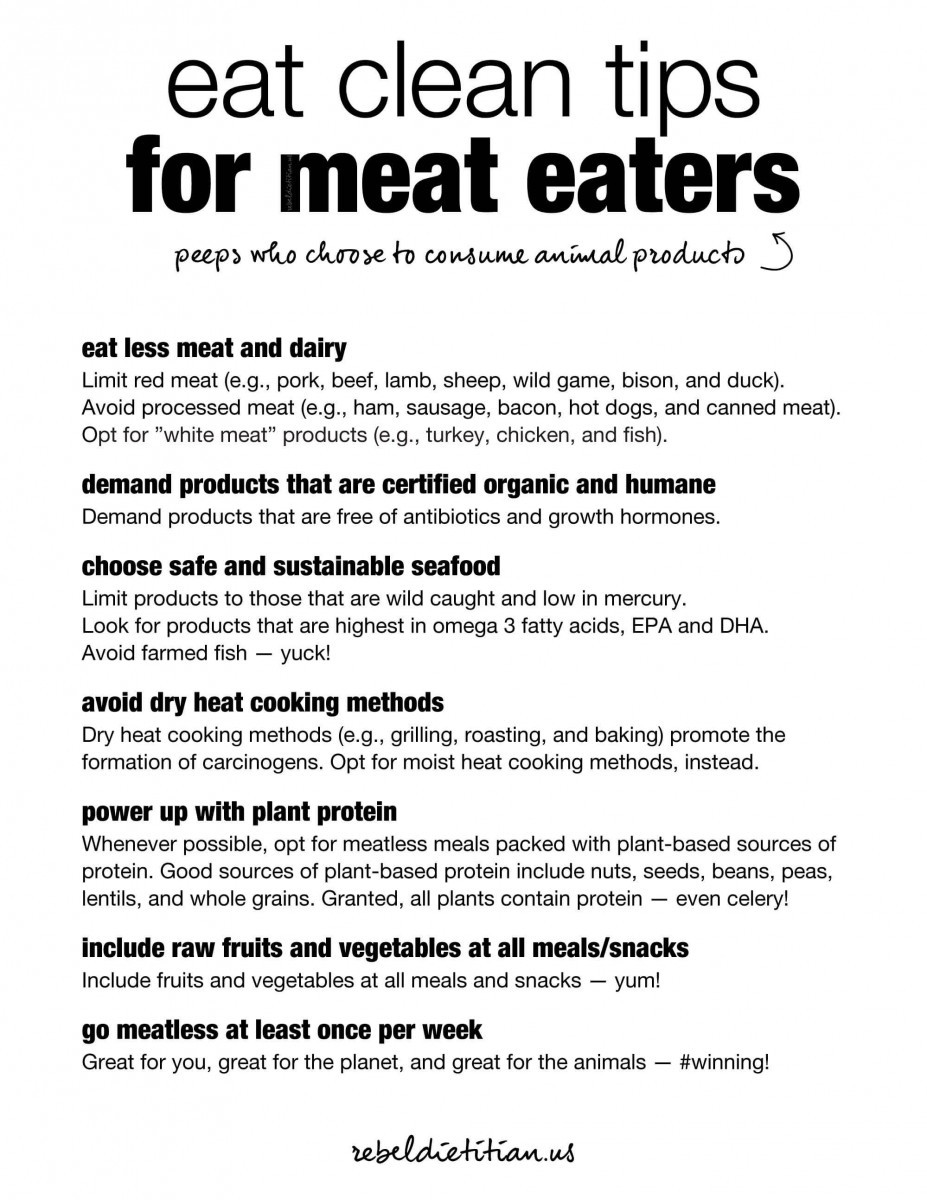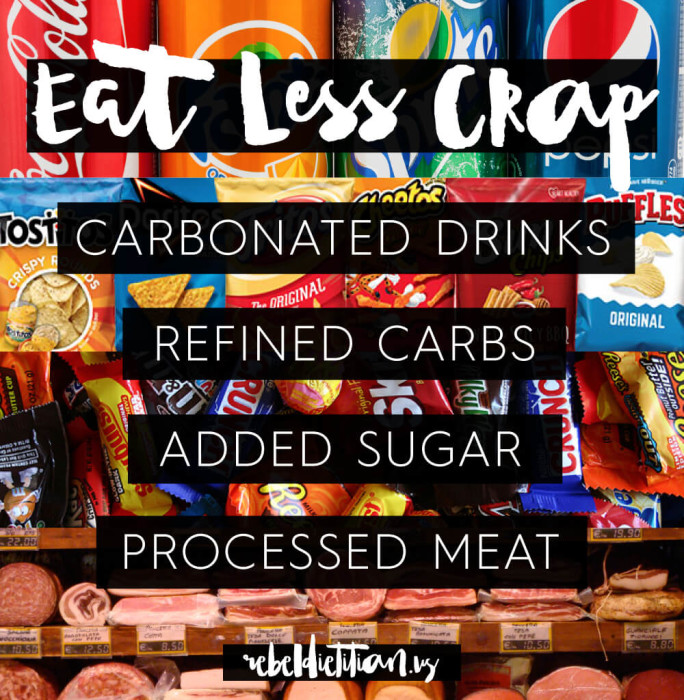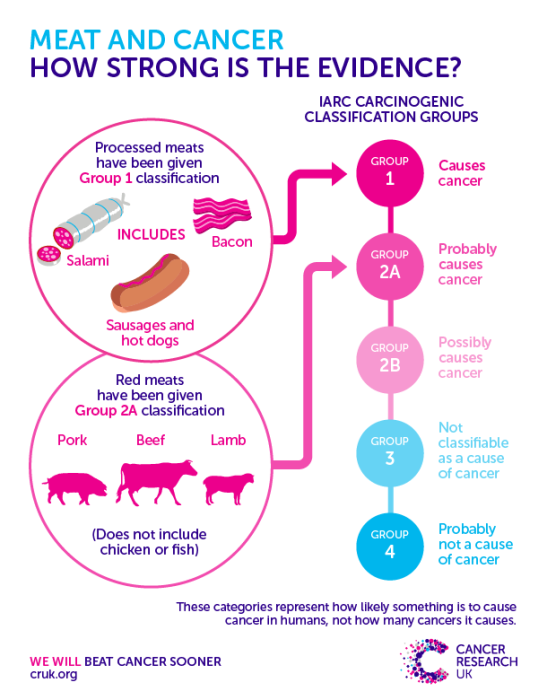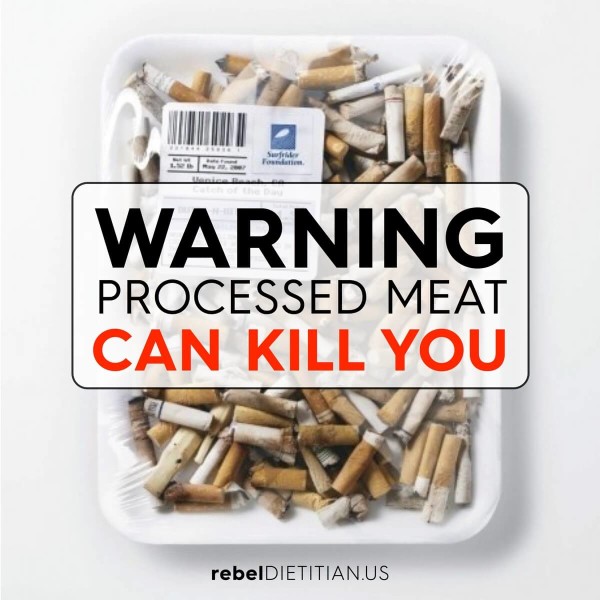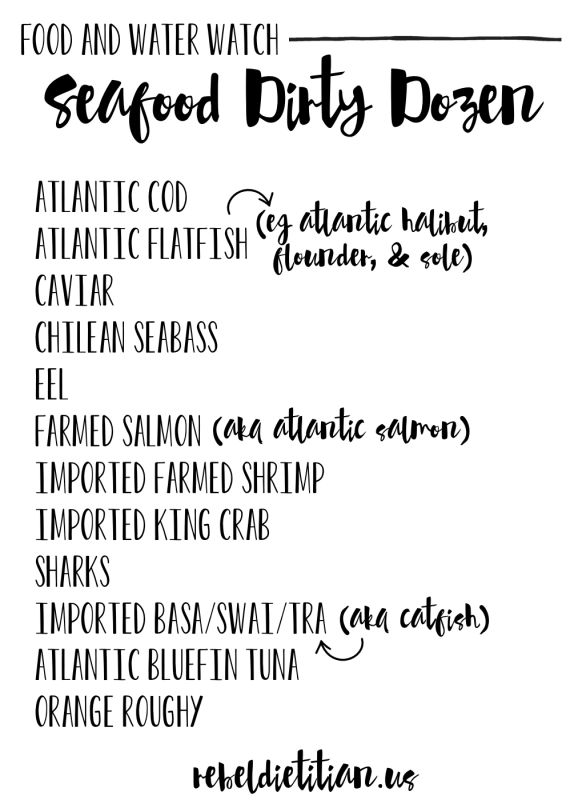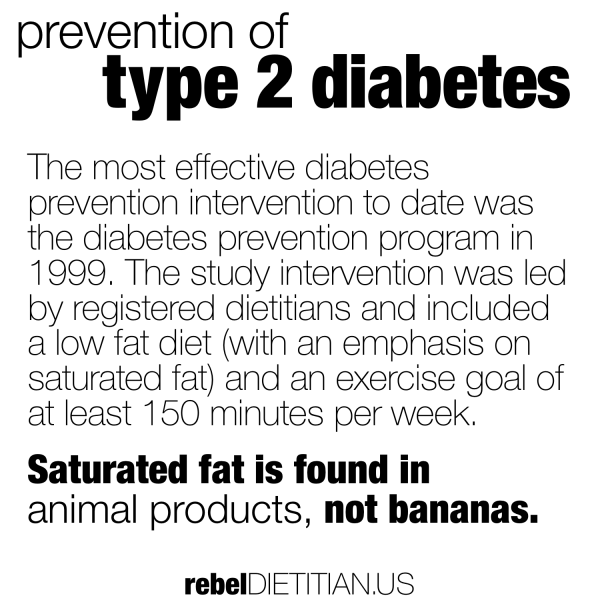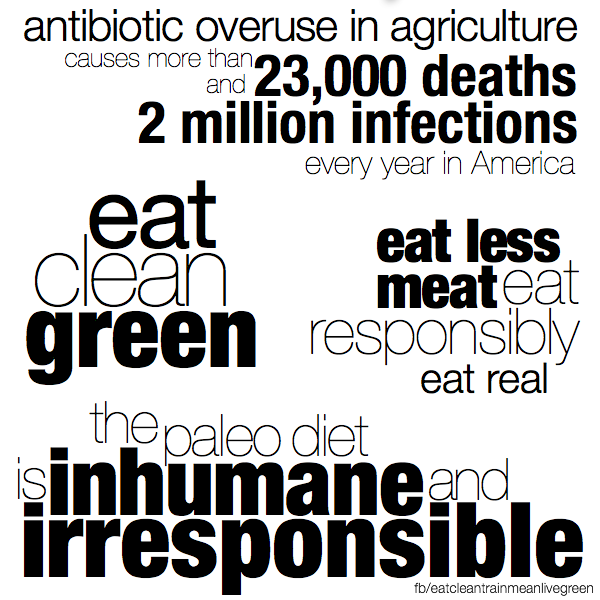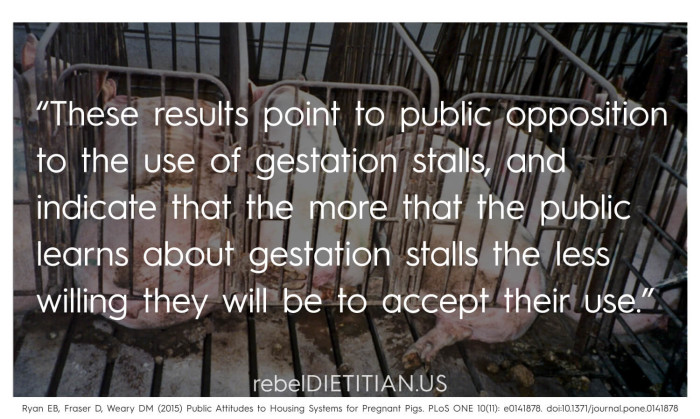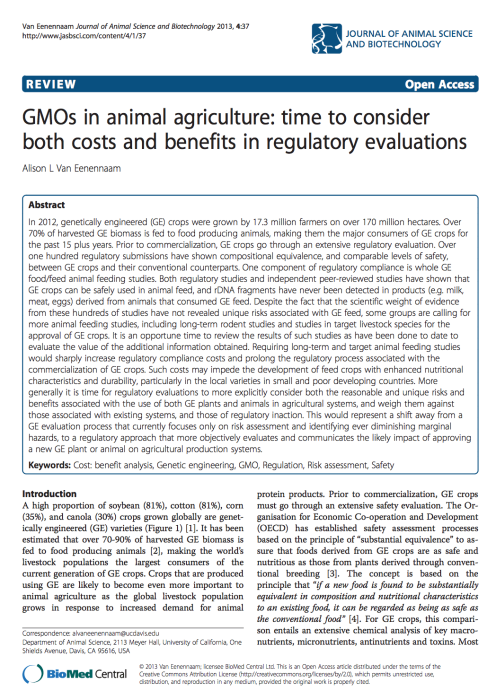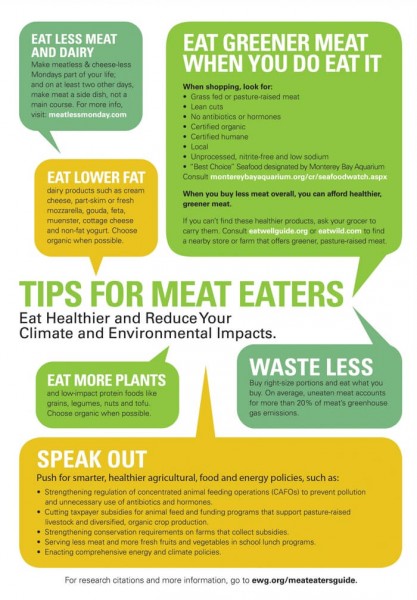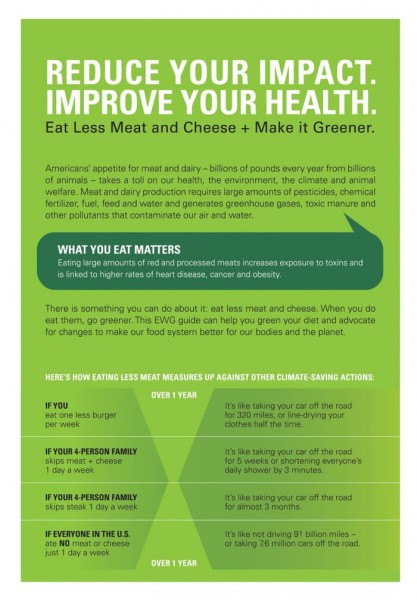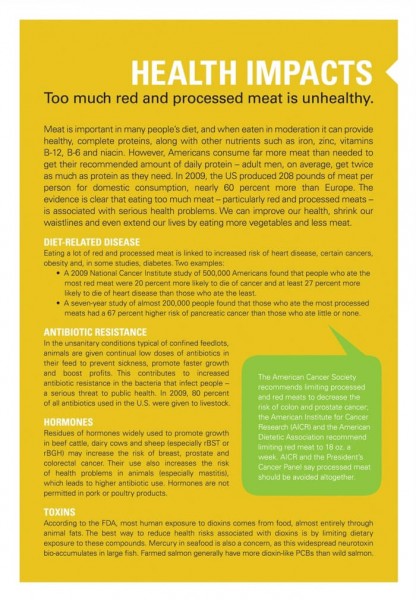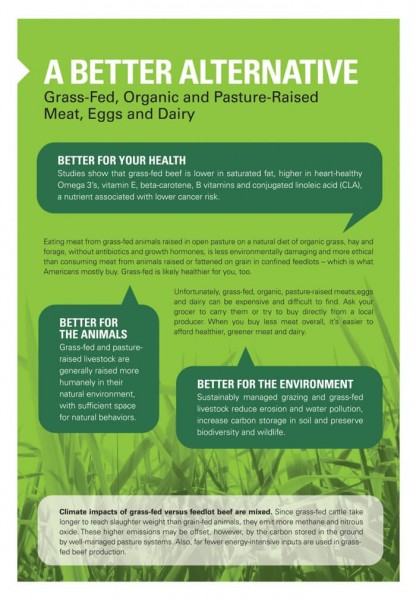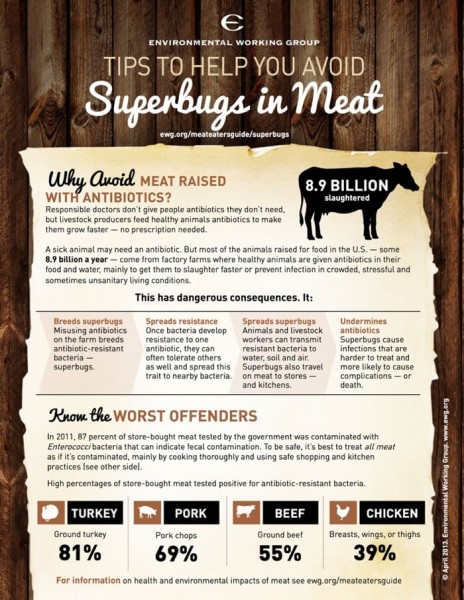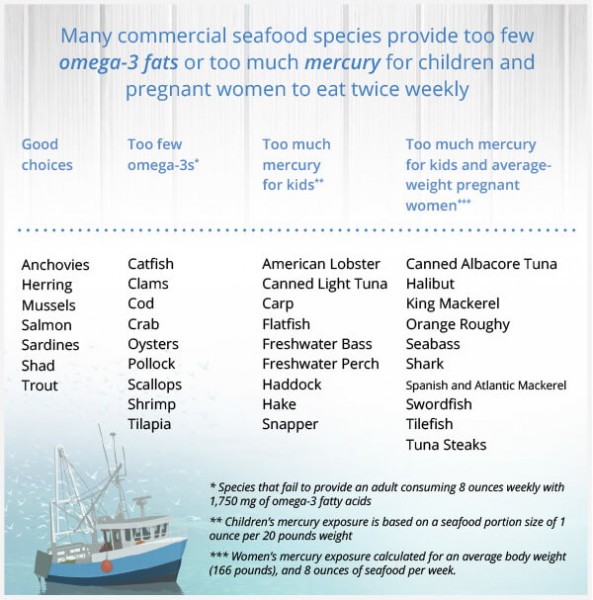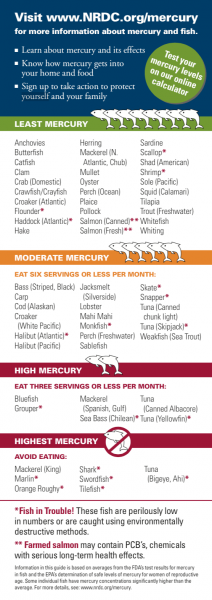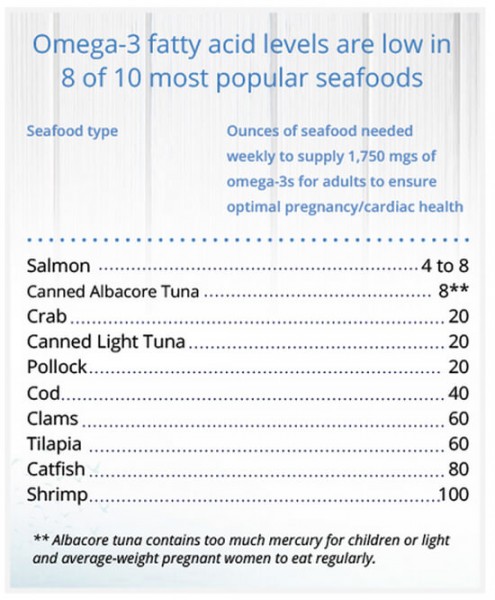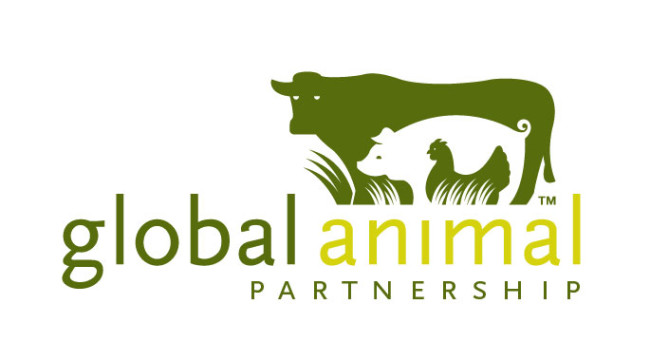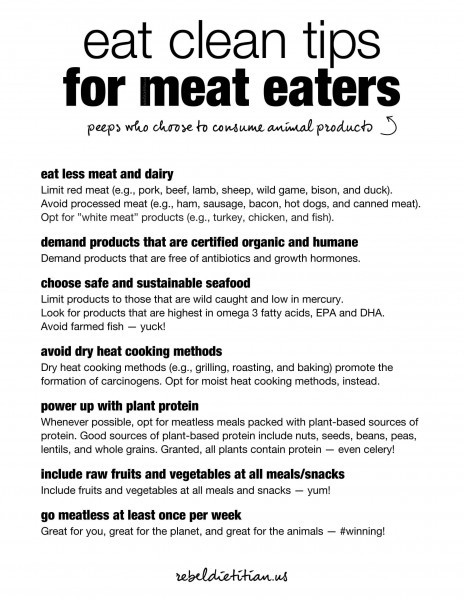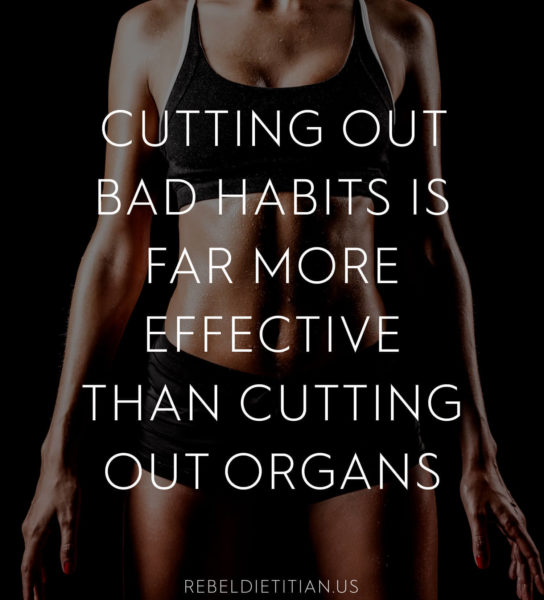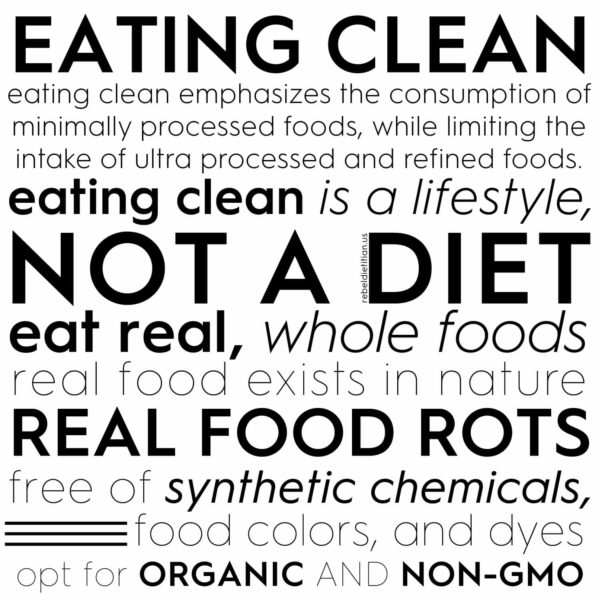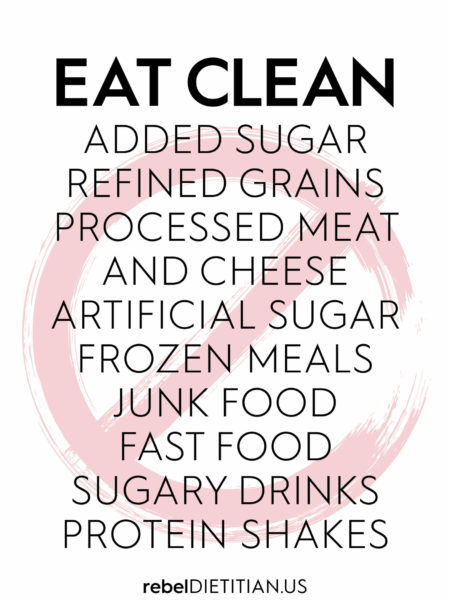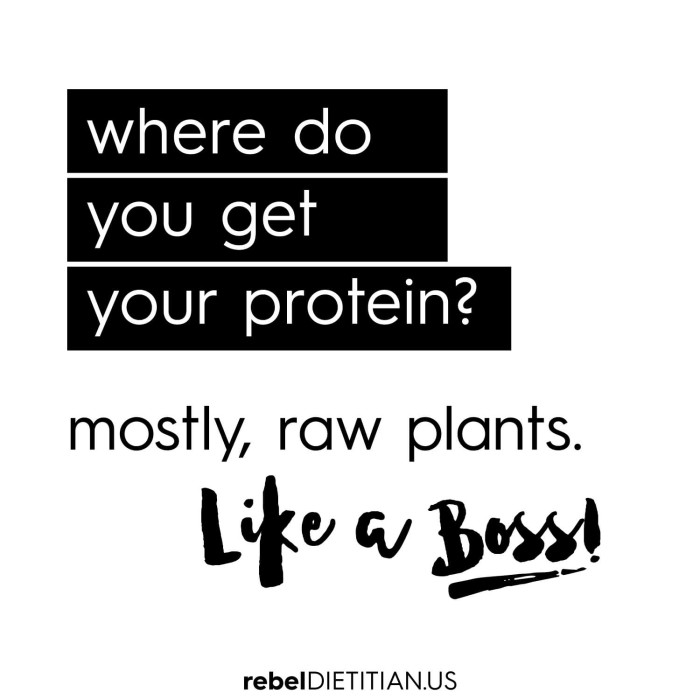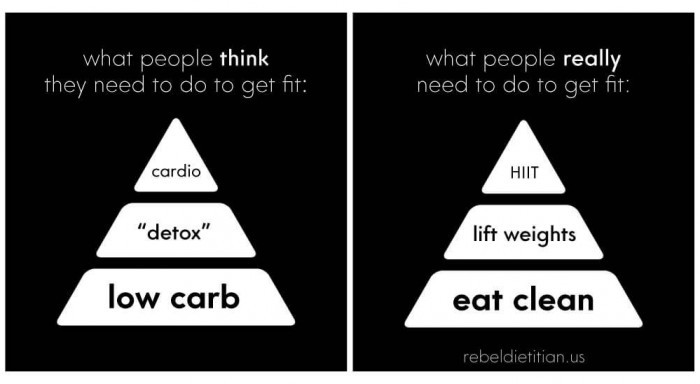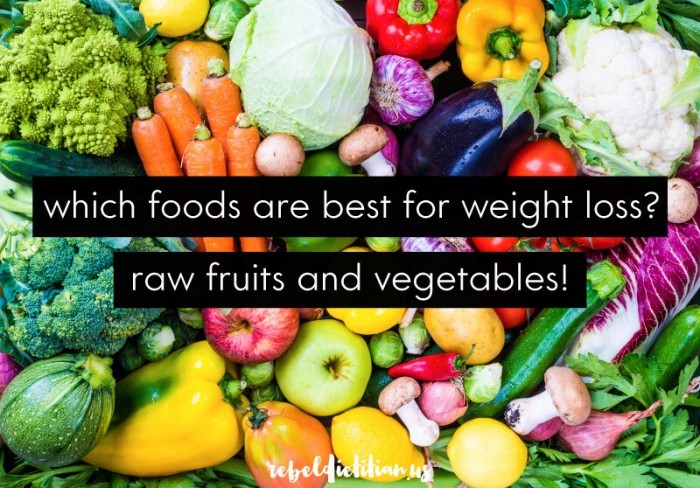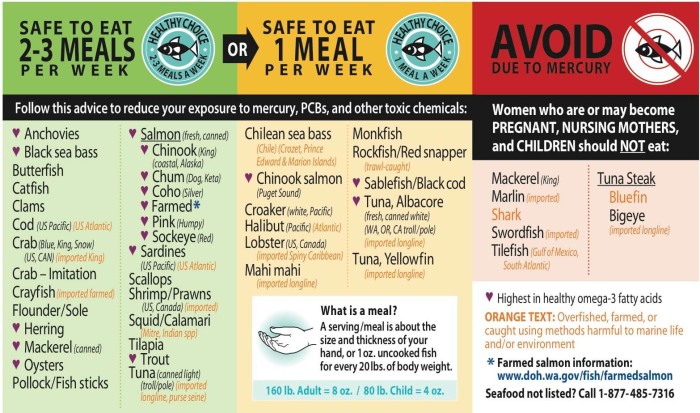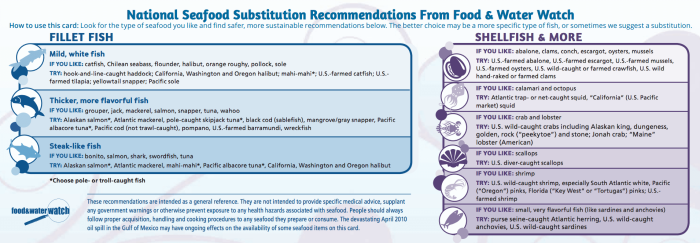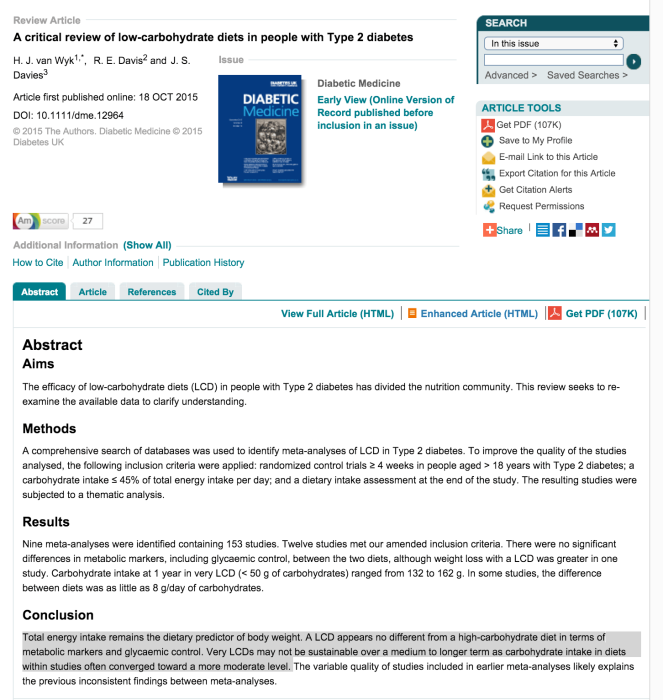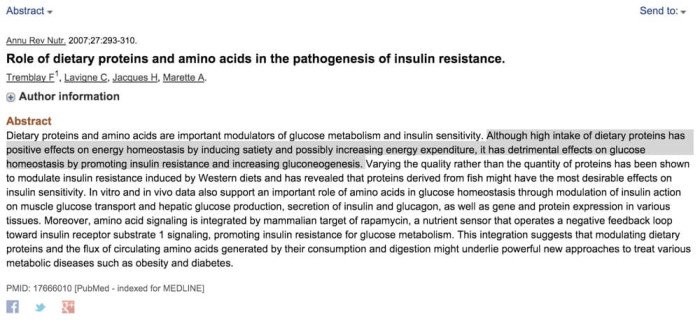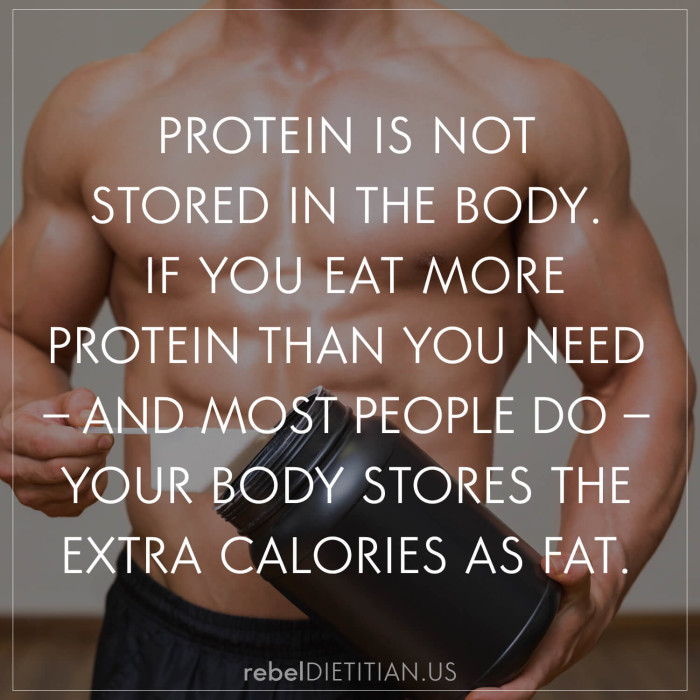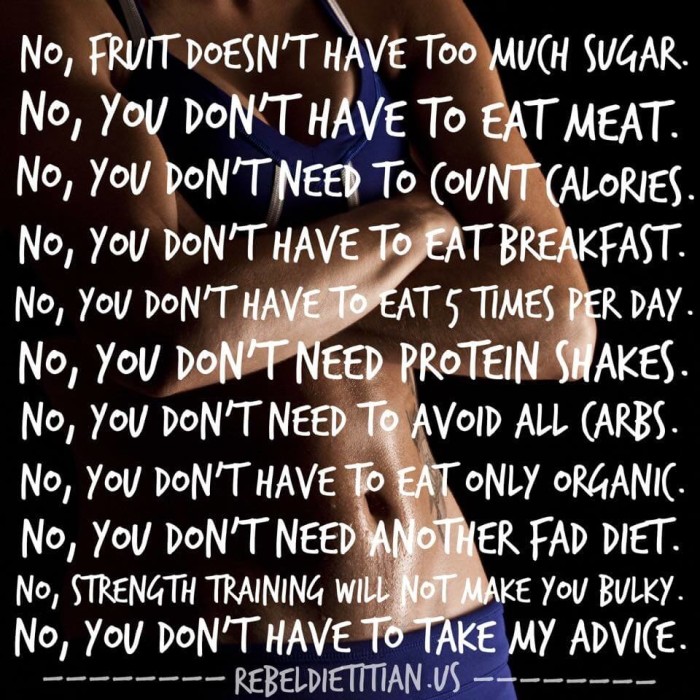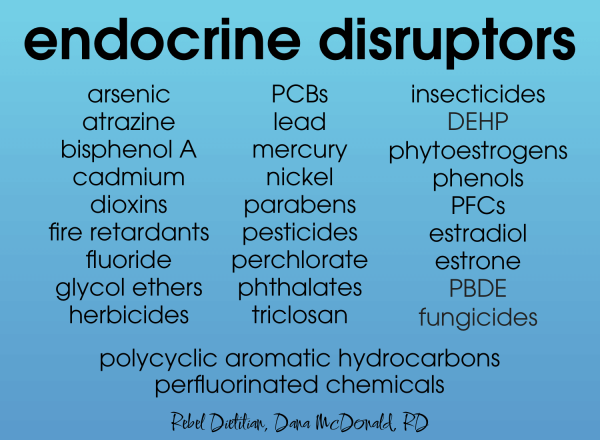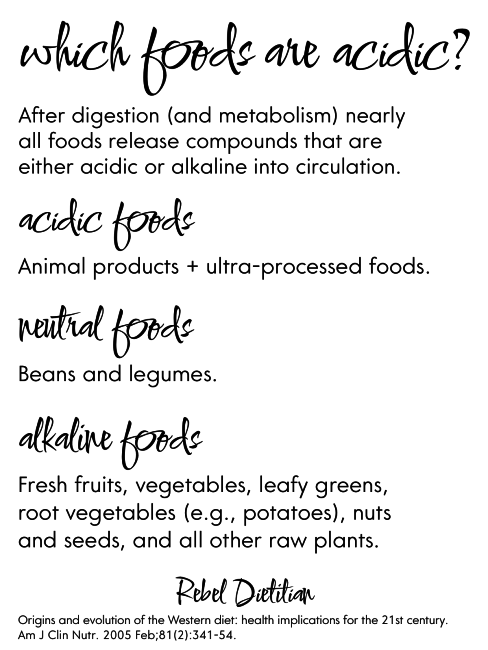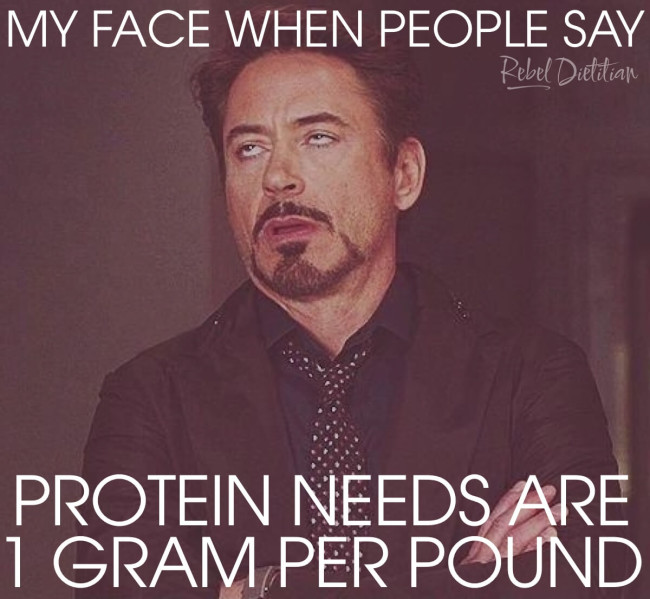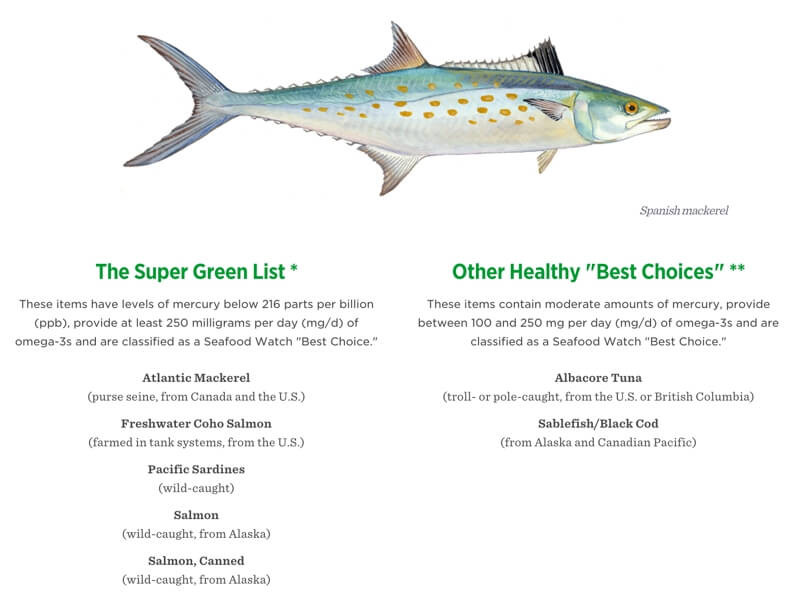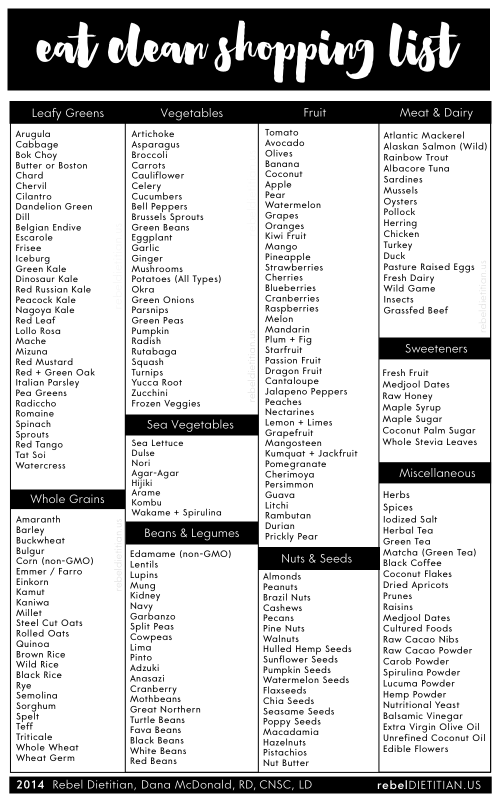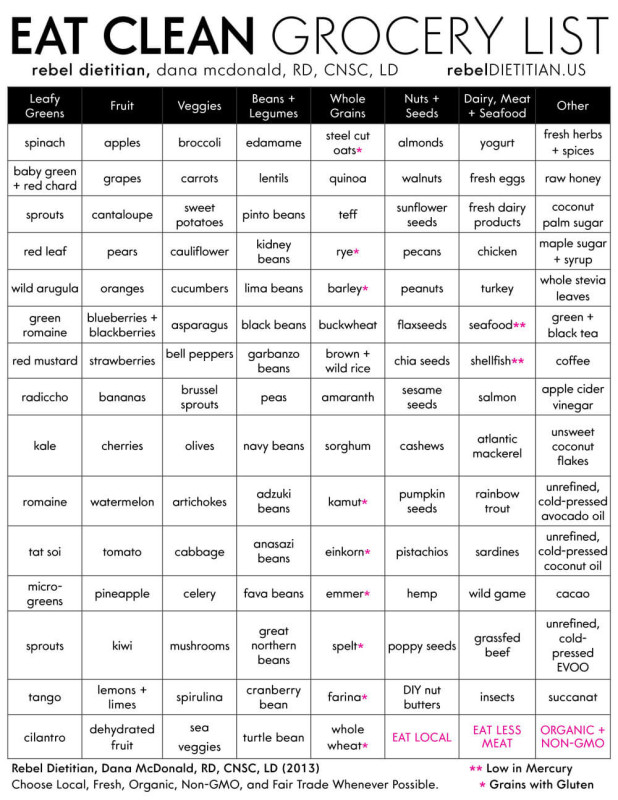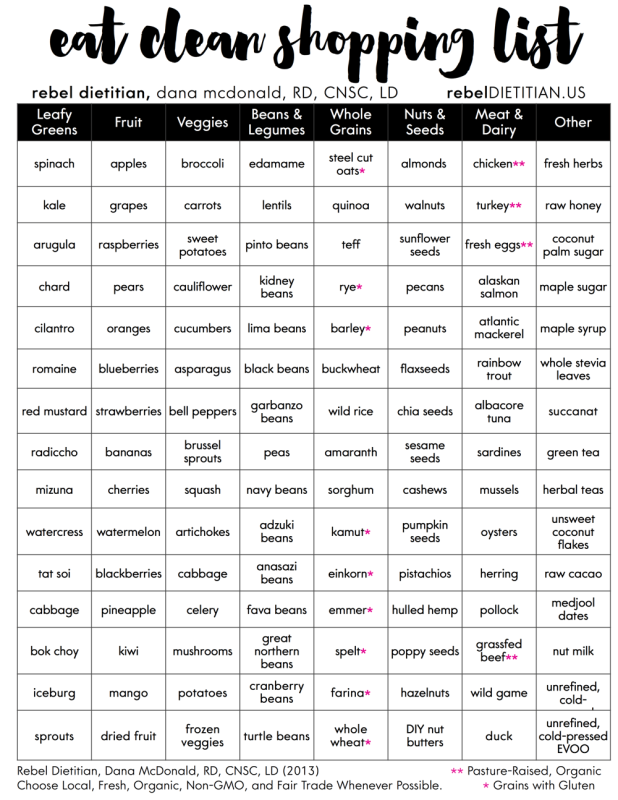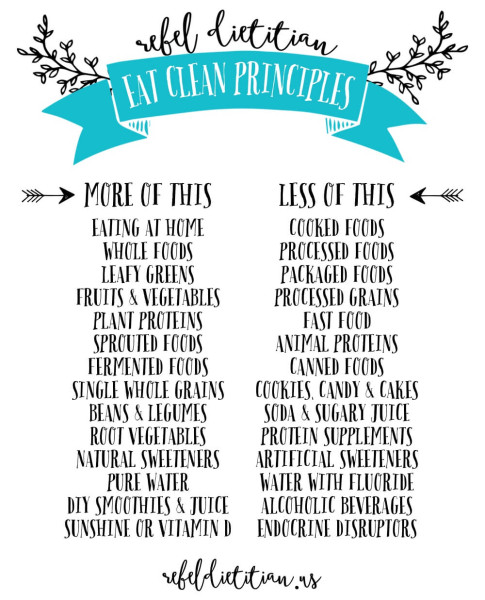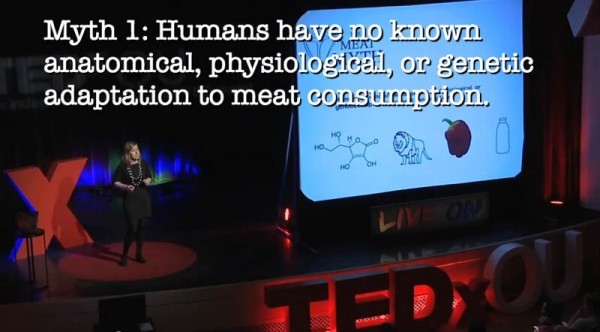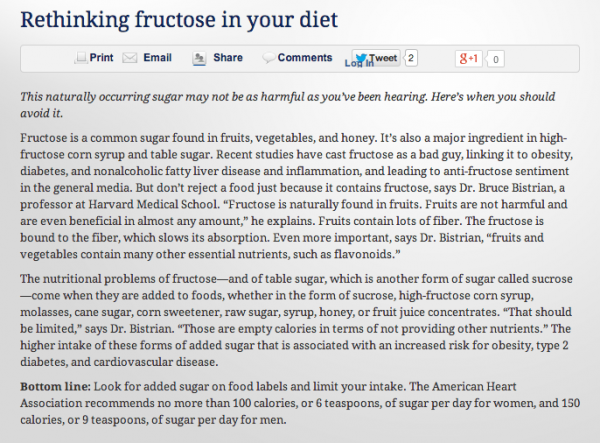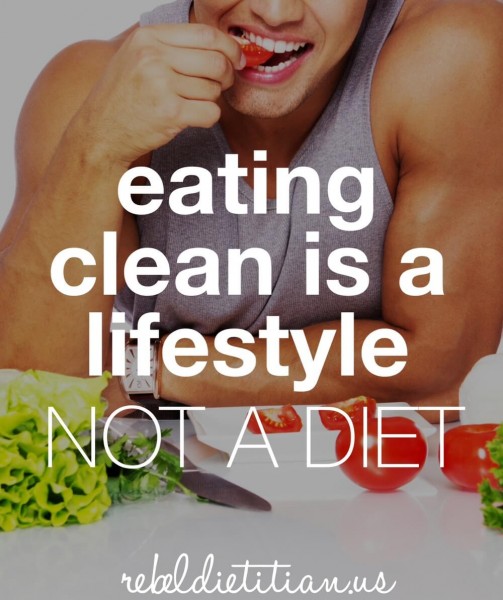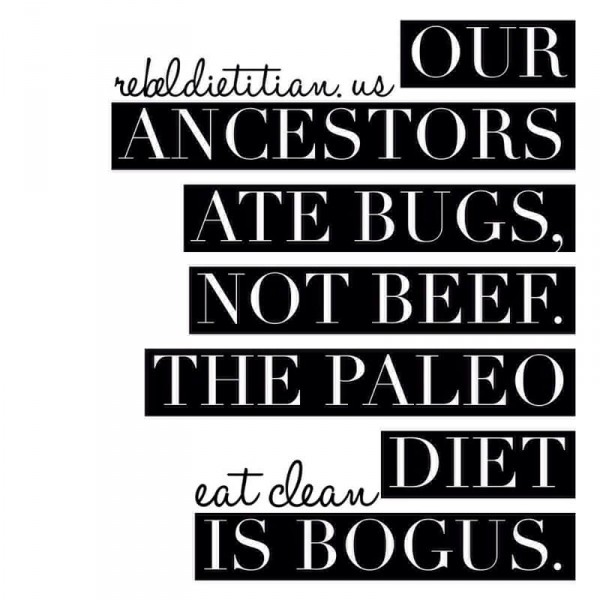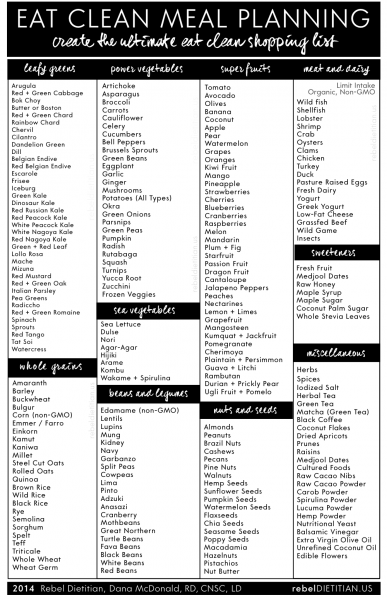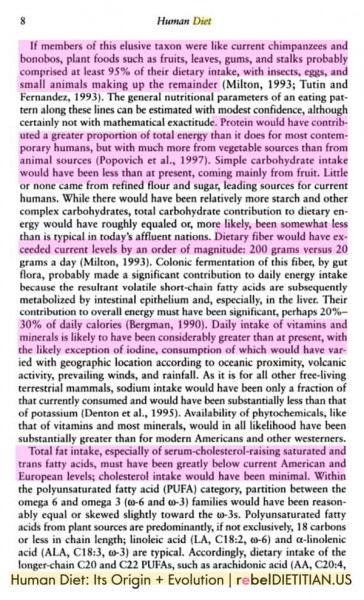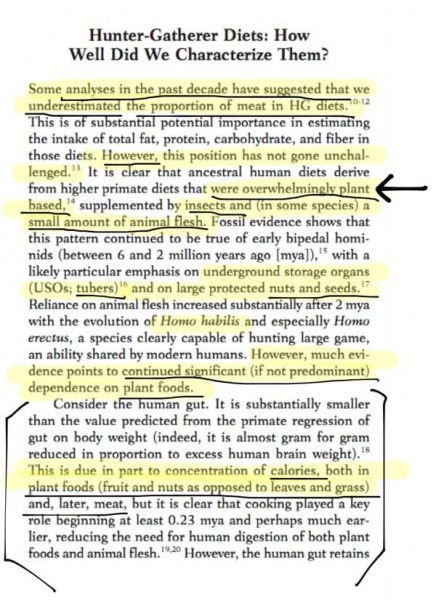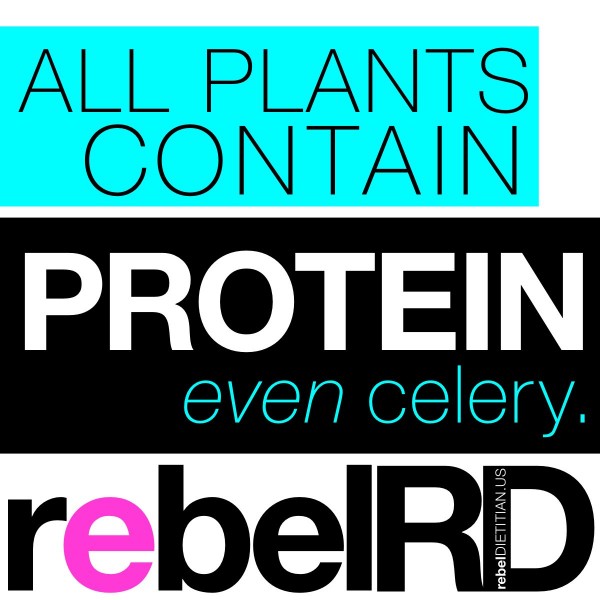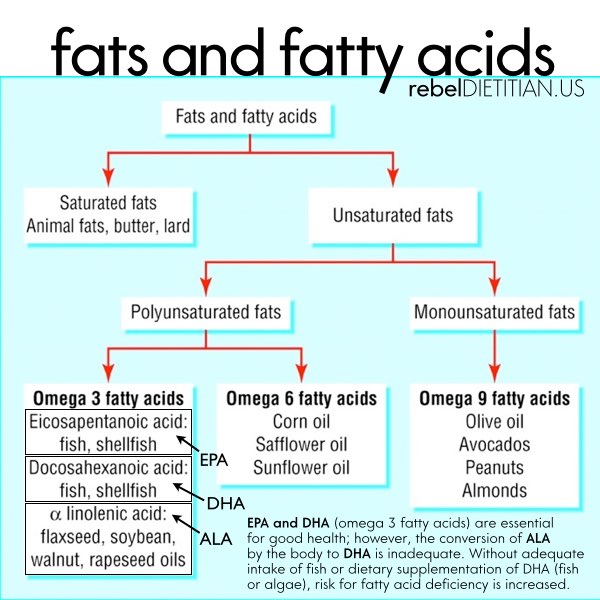Contrary to popular belief, consumption of meat and/or dairy at every meal, or even daily, is not necessary for optimal health and wellness. In fact, diets high in meat – especially red meat and ultra-processed meat – have been repeatedly associated with an increased risk of obesity, type 2 diabetes, cancer, heart disease, and premature death.
While it is true that animal products contain substantial amounts of protein and iron, these foods are also high in cholesterol and saturated fat. Being at the top of the food chain, agriculture animals also ingest and accumulate high concentrations of toxins from their environment, such as pesticides and heavy metals, a process known as bioaccumulation.
Do you eat meat?
No, I’m vegan, which means I do not eat, use, or wear animal products. With this being said, it is important to understand that my goal in providing nutrition education to the public is to improve public health; which, can easily be achieved by providing science-based nutrition and fitness education and inspiration.
My point is, I am not here to argue with those who believe minimally processed animal products that are raised by small, local farmers who utilize sustainable and humane agricultural practices may be healthful when consumed as part of a plant-based diet. My hope is that everyone will choose to eat clean and green with great respect for the environment and rights and welfare of others.
Environmental Impact
Americans’ appetite for meat and dairy also takes a toll on the environment. During the last two decades, scientists have become increasingly concerned about the impact of meat and dairy production on the environment. Producing all of this meat requires massive amounts of natural resources (e.g., land, feed, and water) and widespread overgrazing results in loss of natural habitats and biodiversity. According to a new report published by the United Nations Food and Agriculture Organization (FAO), the livestock sector generates more greenhouse gas emissions than transport.
Antibiotic Resistance
Excessive meat consumption is considered to have a high impact on the environment, but also poses a risk to public health. In addition to the documented long-term negative effects of meat consumption on individual health, consumption of animal products is also contributing to antibiotic resistance, one of the greatest public health threats of our time.
In September 2013, the Centers for Disease Control and Prevention (CDC) released their first report on the subject, Antibiotic Resistance Threats in the United States. According to the report, more than 23,000 Americans die each year as a result of antibiotic resistant infections. While there is no doubt that the misuse of antibiotics in humans has contributed to the growing threat of antibiotic resistance, the excessive and unnecessary use of antibiotics in animal agriculture is largely to blame.
“A post-antibiotic era – in which common infections and minor injuries can kill – is far from being an apocalyptic fantasy, instead, is a very real possibility for the 21st Century.” – WHO
Tips for Meat Eaters
The lifestyle choices that we make every day have a profound effect on health and the environment. By eating fresh and healthy food, we can greatly reduce our environmental impact, while improving our own health.
Individuals who choose to consume animal products should limit their intake to lean cuts of meat and/or low fat dairy products that are raised by local, small farmers who utilize organic and humane* certified agricultural practices. Considering agricultural animals are the primary consumers of genetically modified organisms (GMOs), individuals who wish to avoid GMOs should limit their intake of animal products to those that were fed a natural diet (free of GMOs).
*There is no single definition of “humane meat,” and many animal advocacy organizations and activists believe that the term is misleading and an absolute myth (i.e., there is no such thing as “humane meat.”). Animals raised on factory farms are NEVER raised humanely, despite the use of labels such as “Cage Free,” “Free Range,” “Grass Fed,” “Organic,” and “Local.”
Mercury
If you choose to consume fish and/or shellfish, opt for sustainable seafood products that are low in mercury. According to Seafood Watch, more than 90 percent of the world’s fisheries are now fully exploited or collapsed.
Pregnant and breastfeeding women, infants, and children should not consume seafood products containing mercury as the developing brain and nervous system is especially vulnerable to the effects of mercury exposure (even low dose). Babies exposed to mercury while in utero and/or during early childhood may be at greater risk of developing neurological disease including Autism and ADHD. In the photo gallery below you’ll find a poster that provides additional information regarding mercury content of fish and shellfish.
Learn More
Rebel Lifestyle
To learn more about my lifestyle, visit the page titled Rebel Lifestyle.
Rebel Grub
To view photos of my grub, check out the page titled Rebel Grub.
Meal Planning
To view meal planning information, head over to the page Meal Planning.
Shopping Lists
To view shopping lists, visit the page titled Shopping Lists.
Posters and Charts
To view my posters and charts, hit up the page titled Posters.
Pinterest and Facebook
Don’t forget to follow me on Pinterest and/or Facebook.
Big hugs and rebel love,
Dana
Posters and Charts
Except where otherwise noted, content on this site is licensed under a CC BY-NC-ND 4.0 license. This means you are free to use my work for personal use (e.g., save the file to your computer or share via social media) as long as you do not modify the image or use the image for commercial purposes ($).
References
Meek RW, Vyas H, Piddock LJV (2015) Nonmedical Uses of Antibiotics: Time to Restrict Their Use? PLoS Biol 13(10): e1002266. doi:10.1371/journal.pbio.1002266
Hooper L, Abdelhamid A, Bunn D, Brown T, Summerbell CD, Skeaff CM. Effects of total fat intake on body weight. Cochrane Database of Systematic Reviews 2015, Issue 8. Art. No.: CD011834. DOI: 10.1002/14651858.CD011834.
Hooper L, Martin N, Abdelhamid A, Davey Smith G. Reduction in saturated fat intake for cardiovascular disease. Cochrane Database of Systematic Reviews 2015, Issue 6. Art. No.: CD011737. DOI: 10.1002/14651858.CD011737.
Hooper L, Summerbell CD, Thompson R, Sills D, Roberts FG, Moore HJ, Davey Smith G. Reduced or modified dietary fat for preventing cardiovascular disease. Cochrane Database of Systematic Reviews 2012, Issue 5. Art. No.: CD002137. DOI: 10.1002/14651858.CD002137.pub3.
Reynolds, C.J.; Piantadosi, J.; Buckley, J.D.; Weinstein, P.; Boland, J. Evaluation of the environmental impact of weekly food consumption in different socio-economic households in Australia using environmentally extended input–output analysis. Ecological Economics 2015, 111, 58.
Sans, P.; Combris, P. World meat consumption patterns: An overview of the last fifty years (1961–2011). Meat Science 2015.
Reynolds, C.J.; Buckley, J.D.; Weinstein, P.; Boland, J. Are the Dietary Guidelines for Meat, Fat, Fruit and Vegetable Consumption Appropriate for Environmental Sustainability? A Review of the Literature. Nutrients 2014, 6, 2251-2265.
Marlow, H.J.; Hayes, W.K.; Soret, S.; Carter, R.L.; Schwab, E.R.; Sabaté, J. Diet and the environment: Does what you eat matter? Am. J. Clin. Nutr. 2009, 89, 1699S–1703S.
Hoekstra, A.Y.; Chapagain, A.K. Water footprints of nations: Water use by people as a function of their consumption pattern. Water Resour. Manag. 2007, 21, 35–48.
De Boer, J.; Schösler, H.; Boersema, J.J. Climate change and meat eating: An inconvenient couple? J. Environ. Psychol. 2013, 33, 1–8.
Pimentel, D.; Pimentel, M. Sustainability of meat-based and plant-based diets and the environment. Am. J. Clin. Nutr. 2003, 78, 660S–663S.
Nishida, C.; Uauy, R.; Kumanyika, S.; Shetty, P. The joint WHO/FAO expert consultation on diet, nutrition and the prevention of chronic diseases: Process, product and policy implications. Public Health Nutr. 2004, 7, 245–250.
Amanda G. Henry, Peter S. Ungar, Benjamin H. Passey, Matt Sponheimer, Lloyd Rossouw, Marion Bamford, Paul Sandberg, Darryl J. de Ruiter, Lee Berger. The diet of Australopithecus sediba. Nature, 2012; DOI: 10.1038/nature11185
Thure E. Cerling, Fredrick Kyalo Manthi, Emma N. Mbua, Louise N. Leakey, Meave G. Leakey, Richard E. Leakey, Francis H. Brown, Frederick E. Grine, John A. Hart, Prince Kaleme, Hélène Roche, Kevin T. Uno, and Bernard A. Wood. Stable isotope-based diet reconstructions of Turkana Basin hominins. PNAS, June 3, 2013 DOI: 10.1073/pnas.1222568110
Jonathan G. Wynn, Matt Sponheimer, William H. Kimbel, Zeresenay Alemseged, Kaye Reed, Zelalem K. Bedaso, and Jessica N. Wilson. Diet of Australopithecus afarensis from the Pliocene Hadar Formation, Ethiopia. PNAS, 2013 DOI: 10.1073/pnas.1222559110
Matt Sponheimer, Zeresenay Alemseged, Thure E. Cerling, Frederick E. Grine, William H. Kimbel, Meave G. Leakey, Julia A. Lee-Thorp, Fredrick Kyalo Manthi, Kaye E. Reed, Bernard A. Wood, and Jonathan G. Wynn. Isotopic evidence of early hominin diets. PNAS, 2013 DOI: 10.1073/pnas.1222579110
Thure E. Cerling, Kendra L. Chritz, Nina G. Jablonski, Meave G. Leakey, and Fredrick Kyalo Manthi. Diet of Theropithecus from 4 to 1 Ma in Kenya. PNAS, 2013 DOI: 10.1073/pnas.1222571110
St Jeor S, Howard B, Prewitt E. Dietary protein and weight reduction: A statement for healthcare professionals from the Nutrition Committee of the Council on Nutrition, Physical Activity, and Metabolism of the American Heart Association. Circulation. 2001; 104: 1869–1874. Irwin, M. Hegsted D.
Low Protein Intake Is Associated with a Major Reduction in IGF-1, Cancer, and Overall Mortality in the 65 and Younger but Not Older Population; Morgan E. Levine, et al. Cell Metabolism online 4 March 2014; DOI: 10.1016/j.cmet.2014.02.006;
Food, Nutrition, Physical Activity, and the Prevention of Cancer: a Global Perspective. 2007, World Cancer Research Fund, American Institute for Cancer Research.: Washington, DC.
Rouhani, M. H., Salehi-Abargouei, A., Surkan, P. J. and Azadbakht, L. (2014), Is there a relationship between red or processed meat intake and obesity? A systematic review and meta-analysis of observational studies. Obesity Reviews. doi: 10.1111/obr.12172
Red Meat Consumption and Risk of Stroke: A Meta-Analysis of Prospective Studies. Stroke.2012; 43:2556-2560; doi: 10.1161/?STROKEAHA.112.663286.
Bernstein, A.M., et al., Major dietary protein sources and risk of coronary heart disease in women. Circulation, 2010. 122(9): p. 876-83.
Examining the relationship between diet-induced acidosis and cancer. Nutr Metab (Lond). 2012 Aug 1;9(1):72. doi: 10.1186/1743-7075-9-72.
Itziar Abete, Dora Romaguera, Ana Rita Vieira, Adolfo Lopez de Munain and Teresa Norat. Association between total, processed, red and white meat consumption and all-cause, CVD and IHD mortality: a meta-analysis of cohort studies. British Journal of Nutrition, available on CJO2014. doi:10.1017/S000711451400124X.
Red and processed meat consumption and the risk of lung cancer: a dose-response meta-analysis of 33 published studies. Int J Clin Exp Med 2014;7(6):1542-1553 ISSN:1940-5901/IJCEM0000647
Aune, D., G. Ursin, and M.B. Veierod, Meat consumption and the risk of type 2 diabetes: a systematic review and meta-analysis of cohort studies. Diabetologia, 2009. 52(11): p. 2277-87.
Vormann J, Remer T. Dietary, metabolic, physiologic, and disease-related aspects of acid-base balance: foreword to the contributions of the second International Acid-Base Symposium. J Nutr. 2008;138:413S–414S.
Remer T, Manz F. Potential renal acid load of foods and its influence on urine pH. J Am Diet Assoc. 1995;95:791–7. doi: 10.1016/S0002-8223(95)00219-7.
Lanham-New SA. The balance of bone health: tipping the scales in favor of potassium-rich, bicarbonate-rich foods. J Nutr. 2008;138:172S–177S.
Tucker KL, Hannan MT, Kiel DP. The acid-base hypothesis: diet and bone in the Framingham Osteoporosis Study. Eur J Nutr. 2001;40:231–7.
Rylander R, Remer T, Berkemeyer S, Vormann J. Acid-base status affects renal magnesium losses in healthy, elderly persons. J Nutr. 2006;136:2374–7.
Remer T, Manz F. Paleolithic diet, sweet potato eaters, and potential renal acid load. Am J Clin Nutr. 2003;78:802–3.
Murakami K, et al. Association between dietary acid-base load and cardiometabolic risk factors in young Japanese women. Br J Nutr. 2008;100:642–51. doi: 10.1017/S0007114508901288.
Welch AA, et al. Urine pH is an indicator of dietary acid-base load, fruit and vegetables and meat intakes: results from the European Prospective Investigation into Cancer and Nutrition (EPIC)-Norfolk population study. Br J Nutr. 2008;99:1335–43.
Minich DM, Bland JS. Acid-alkaline balance: role in chronic disease and detoxification. Altern Ther Health Med. 2007;13:62–5.
Guenther PM, et al. Most Americans eat much less than recommended amounts of fruits and vegetables. J Am Diet Assoc. 2006;106:1371–9. doi: 10.1016/j.jada.2006.06.002.
Remer T, Manz F. Potential renal acid load of foods and its influence on urine pH. J Am Diet Assoc. 1995 Jul;95(7):791-7.
Maurer M. Neutralization of Western diet inhibits bone resorption independently of K intake and reduces cortisol secretion in humans. Am J Physiol Renal Physiol. 2003 Jan;284(1):F32-40.
Remer T. Influence of diet on acid-base balance. Semin Dial. 2000 Jul-Aug;13(4):221-6.
Meat Consumption, Diabetes, and Its Complications.Current Diabetes Reports April 2013, Volume 13, Issue 2, pp 298-306.
Red and Processed Meat Consumption and Risk of Incident Coronary Heart Disease, Stroke, and Diabetes Mellitus: A Systematic Review and Meta-Analysis. Circulation. 2010; 121: 2271-2283. doi: 10.1161/?CIRCULATIONAHA.109.924977
The Ratio of Macronutrients, Not Caloric Intake, Dictates Cardiometabolic Health, Aging, and Longevity in Ad Libitum-Fed Mice; Samantha M. et al; Cell Metabolism online 4 March 2014; DOI: 10.1016/j.cmet.2014.02.009; Abstract.
Red Meat and Processed Meat Consumption and All-Cause Mortality: A Meta-Analysis. Am. J. Epidemiol. (2014) 179 (3): 282-289. doi: 10.1093/aje/kwt261
Ryan EB, Fraser D, Weary DM (2015) Public Attitudes to Housing Systems for Pregnant Pigs. PLoS ONE 10(11): e0141878. doi:10.1371/journal.pone.0141878
Ungar, Peter. Teaford, Mark. Human Diet: Its Origin and Evolution. Greenwood Publishing Group, 2002. Print.
The Paleolithic Prescription by S. Boyd Eaton, Melvin Konner, and Marjorie Shostak (1989).
S. Boyd Eaton, M.D., Stanley B. Eaton, Melvin J. Konner, Ph.D., M.D., and Marjorie Shostak. An Evolutionary Perspective Enhances Understanding of Human Nutritional Requirements. Journal of Nutrition; 126:1732-40, 1996.
Konner M, Eaton SB. Paleolithic nutrition: twenty-five years later. Nutr Clin Pract. 2010;25(6):594-602.
Gonzales JF, Barnard ND, Jenkins DJ, et al. Applying the precautionary principle to nutrition and cancer. J Am Coll Nutr. 2014;33(3):239-46.
Logan AC, Jacka FN. Nutritional psychiatry research: an emerging discipline and its intersection with global urbanization, environmental challenges and the evolutionary mismatch. Journal of Physiological Anthropology. 2014;33(1):22. doi:10.1186/1880-6805-33-22.
 Rebel Dietitian Dana McDonald, RD
Rebel Dietitian Dana McDonald, RD 